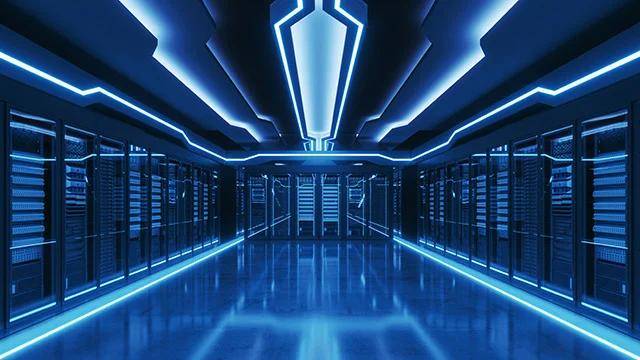
Enmaeya News — As demand for cloud computing and artificial intelligence grows rapidly, data centers around the world are increasingly using large amounts of water for cooling, raising concerns about freshwater scarcity and environmental sustainability.
Data centers, which house the servers powering the digital economy, generate significant heat and require sophisticated cooling systems to operate safely. Many facilities use evaporative cooling towers that consume millions of gallons of water each year.
A typical data center can use between 11 million and 19 million liters of water per day, roughly equivalent to the daily water use of a town with 30,000 to 50,000 residents. Some of the largest data centers in the United States have been reported to consume as much as five million gallons, or approximately 19 million liters, of water per day.
The rising demand for artificial intelligence services has further increased water consumption in data centers. Artificial intelligence workloads require vast computational power, which in turn demands more energy and cooling. This intensifies water use, particularly in regions already experiencing water shortages.
The extensive water consumption by data centers can strain local water supplies, especially in drought-prone or arid areas. This has prompted environmental concerns and calls for more sustainable cooling practices.
Some technology companies are researching alternative cooling methods to reduce water use. For example, Microsoft has investigated immersion cooling, a technology where servers are submerged in special non-conductive fluids. This method has the potential to reduce water consumption by as much as 52 percent compared to traditional air-cooling systems.
However, this technology remains in the research and development phase and is not yet widely adopted.
Google has deployed seawater cooling at its data center in Hamina, Finland, where cold seawater from the Baltic Sea is used to cool servers, significantly reducing freshwater use. Microsoft’s “Project Natick” involves underwater data centers cooled naturally by ocean water, further illustrating efforts to find more sustainable cooling options.
Experts emphasize the importance of selecting data center sites based on local water availability and environmental conditions. Tailoring cooling strategies to regional realities will be key to managing water resources responsibly.
As the digital world continues to expand, balancing the benefits of cloud computing and artificial intelligence with sustainable water use will be critical to protecting freshwater resources and preserving the environment.





